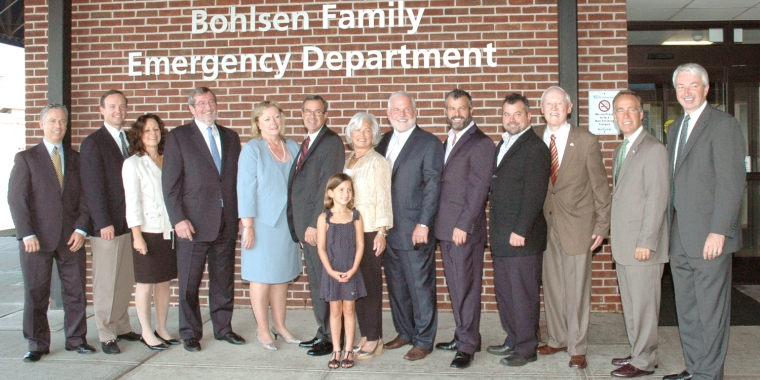
LEGISLATURE APPLAUDED FOR PASSING SEAGRASS PROTECTION ACT; GOVERNOR CUOMO URGED TO SIGN IT INTO LAW
Seagrass is Critically Important Habitat for Fish, Shellfish; Important for Water Quality; New Study Highlights its Susceptibility to Nitrogen
East Hampton, New York June 21, 2012 – Conservation groups applaud the New York Senate and Assembly for passing the New York State Seagrass Protection Act (S.4287B/A.7988A), co-sponsored by Assemblyman Robert Sweeney (D, Lindenhurst) and State Senator Owen Johnson (R-C, Babylon), and encourage Governor Cuomo to sign the act in to law. At the same time that the New York State legislature was taking up this issue, a federally funded scientific study on regional seagrass health was released. The study, one component of the Nature Conservancy’s regional Seagrass Initiative, highlights the need to control nitrogen pollution and protect the resilient seagrass populations throughout the region, specifically citing the Great South Bay of Long Island as an important area to protect.
Seagrass meadows provide critical habitat for local fish, shellfish and other marine life and play an important role in maintaining the overall health of New York’s bays. According to NOAA’s 2006 report, Fisheries Economics of the US, species that rely on seagrass produced over $1.9 billion dollars in sales, $41 million in employment impacts, and $1 billion dollars of earned income nationwide. Seagrasses in New York’s coastal waters also provide critical habitat for recreationally and commercially important fish and invertebrate species. The bay scallop fishery in New York – which was decimated by the loss of seagrass beds – once averaged over 300,000 pounds annually, an amount that would have been worth nearly $4.5 million to local fishermen in 2010.
From 1930 to present day, regional seagrass populations have suffered massive losses due to a myriad of factors, including: disease, brown tides, impacts from multiple uses of the waterways, and primarily inputs from the watershed such as nutrients and herbicides. While the new research shines an additional light on what is considered the “killer” threat to seagrass health – nitrogen pollution, coming in particular from sewage and air pollution – it also points to the challenges facing seagrass populations throughout the region if action isn’t taken soon.
Globally, the loss of seagrass is linked to major declines in both finfish and shellfish populations and, consequently, the economic decline of local fisheries and recreational industries. Properly protecting seagrass, based on sound research and management principles, will create benefits, such as increasing the capacity of the fishing industry and providing a blueprint for improving water quality. Moreover, an investment in the protection and management of this essential resource is also an investment in the health of the economies of coastal communities here in New York.
“We applaud the State Legislature for recognizing the value of seagrass to our marine environment. Efforts to rebuild populations of fish and shellfish, such as Peconic Bay scallops, are unlikely to achieve long-term success without adequate protection and restoration of seagrass,” said Nancy Kelley, executive director for The Nature Conservancy on Long Island. “This act is a key part of a suite of strategies to restore, protect and properly manage our precious marine environments for future generations.”
Specifically, this legislation will protect seagrass by granting the New York State Department of Environmental Conservation (DEC) the authority to regulate coastal and marine activities that threaten seagrass beds or seagrass restoration efforts, allowing the DEC to work with stakeholders to designate Seagrass Management Areas and to begin to address the challenges posed by nutrient pollution.
“Seagrass meadows provide essential habitat for valuable fisheries and other important species, improve water quality, and reduce shoreline erosion,” said Chantal Collier, director of The Nature Conservancy’s Long Island Sound Program. “Seagrass protection is a critical component of sustaining the ecosystem services that people rely upon for food, jobs, and recreation and are meaningful for our culture and economic future.


